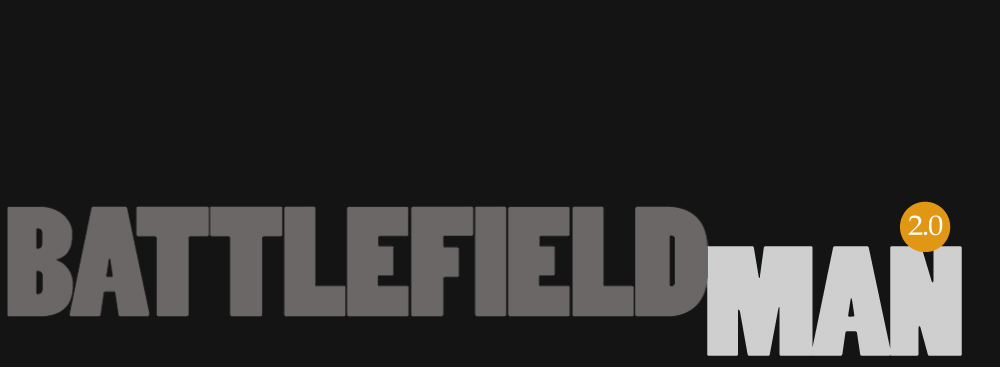Back in the olden and lucrative days of advertising agencies, the creative team was comprised of a towering hierarchy. On top was the egoistic Creative Director (CD) — who usually takes the credits, then The Art Director (AD) and The Copywriter, followed by The Visualizer, then The Artist and lastly, The Final Artist.
On a normal working routine, once the sultry, alluring and persuasive advertising account executive brings a new client in, she then meets with the CD about her client’s creative requirement. After a couple of hours of flirtatious meeting with the CD, the CD then drafts a creative brief. This creative brief will then pass to the AD and The Copywriter to brainstorm for the “big ideas”. As soon as these “big ideas” were conceived and perfected based on the creative brief, it goes now to the Visualizer. With notes and directions from the AD, The Visualizer comes up with rough thumbnail sketches of the concepts. From specific description of models — gender, age, type of hair, actions, moods, etc. — to a specific description of a scene as well — time of day, exact location, etc. These rough thumbnail sketches will then go to The Artist. The Artist will work his sorry ass ‘til the wee hours to produce these rough thumbnail sketches to composite images complete with copy from The Copywriter for presentation to The Visualizer then to the AD and The Copywriter, and finally to the CD for the “go” signal for client presentation. These composite images are simply called pegs.
The advent of internet has cut the advertising agencies’ creative hierarchy short. An agency, still with solid financial backing from their mother company, will enjoy a creative team composed of a CD, an AD (who doubles as Visualizer, Artist and Final Artist) and a Copywriter. The internet has been plague with abundant online stock photography houses, spreading rapidly like wild fire, to choose from and still counting as of this moment. Even the high-and-mighty, photo agency Image Bank yielded for online presence.
Pegs are not anymore composite images produced by The Visualizers and The Artists like they used to be. Pegs are now an ensemble of different photographic images for each and every concept available and conceivable. It is now being produced by, none other than, the advertising photographers themselves (well, most of them), Hired by the ad agencies to execute the approved peg by the client. As of this result, no need for the hapless Visualizers and Artists anymore. I’m so sorry for the guys.


Now, the question is, to peg or not to peg?
Hello?!
It’s a waste of time.
Save it. As for the others.
But for me, actually yes. Some of us won’t grasp an idea by simply describing by words. As Elmore Leonard’s had pointed out on his 9th rule:
Unless you’re Margaret Atwood and can paint scenes with language or write landscapes in the style of Jim Harrison.


In my years of working in the publication industry and visual communication by the side, coming up with a peg have had helped me a lot in communicating my ideas to my editors and collaborators — photographers, illustrators and fellow designers. Sometimes a peg can be a model’s poses or just a specific attire, hair style or how a model was been made up. Most of the times, it’s the type of photography or lighting, and so on. All you need is just a solid concept to help you in producing the right peg that would best convey your concept. And at the end of the day, by using these pegs as inspirations, it will give you better perspectives and big results visually.

Producing pegs is as simple as ordering at McDonalds and even simpler — without falling in line — just by dialing a less-than-10-minute-delivery number.
But wait, there’s more
What if I can’t find a peg for my great concept? That I’ll leave it up with your imagination…



+-+NEW.jpg)





